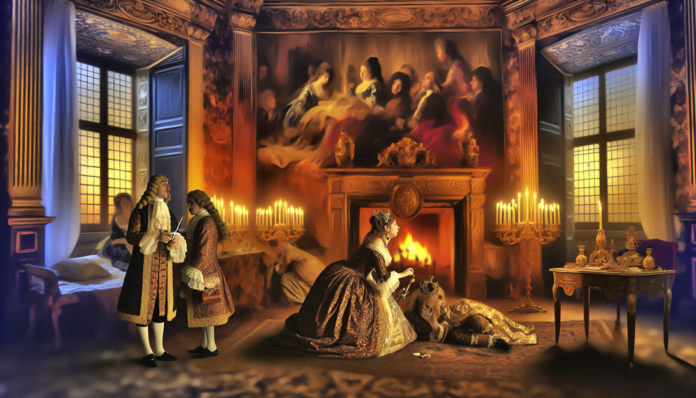Introduction
In the gilded halls of history, few figures wielded as much influence as the women who became embroiled in the affairs of kings. One such instance was the affair between King Henry VIII and Anne Boleyn in the 16th century, a scandal that not only changed the course of English history but also set the stage for future power dynamics driven by desire. As the 1500s marked a time of rigid moral codes and strict societal norms, this ill-fated romance catalyzed a seismic shift in the religious and political landscape of Europe.
The Scandal
The passionate love affair between Henry VIII and Anne Boleyn began in the early 1520s. At the time, Henry was still married to Catherine of Aragon, yet he became infatuated with the young Anne, who had captured his attention with her charm and intelligence. This illicit affair sparked a scandal that would lead to England’s break from the Catholic Church.
Key Events
- Secret Meetings: The relationship developed through clandestine meetings, away from the prying eyes of the court. Letters exchanged between the lovers lay bare their desires and ambitions.
- Formal Proposals: Henry’s relentless pursuit culminated in his seeking an annulment of his marriage to Catherine in 1527, which the Pope refused, thus entrenching the dilemma.
- Political Upheaval: The affair prompted England’s break from the Catholic Church in 1534, leading to the English Reformation, a monumental shift in religious allegiance and power dynamics.
Contemporary Reactions
At the time, many viewed Anne as a dangerous seductress, responsible for the king’s deviation from societal norms. The clergyman and historian Edward Hall noted, “Her beauty and wit confused the King.” For many in the court, she was a manipulative figure, using her allure to conquer a king’s heart.
Moral and Cultural Analysis
The reaction to Anne Boleyn’s rise was both tumultuous and fascinating.
- Public Backlash: Court gossips painted her in the light of a witch, casting her allure as an evil enchantment.
- Consequences: Ultimately, Boleyn was executed in 1536 on charges of treason, adultery, and incest, accusations many historians now deem largely fabricated to eliminate her from court.
Modern Perspective
In today’s world, the narrative surrounding Anne’s scandal could be viewed through various lenses:
- Empowerment vs. Manipulation: While past interpretations framed her as a femme fatale, modern narratives may celebrate her agency and intelligence in a male-dominated society.
- Cultural Sensitivity: Media scrutiny today offers a more compassionate discourse around women in power, weighing the complex dynamics of consent, ambition, and societal pressure.
In an age where social media amplifies personal scandals, the echo of Boleyn’s story continues to resonate, spotlighting how women have historically navigated power through desire, often at great personal risk. While Anne’s fate was tragic, her story remains a powerful testament to the intricacies of love, ambition, and the cost of power throughout history.

